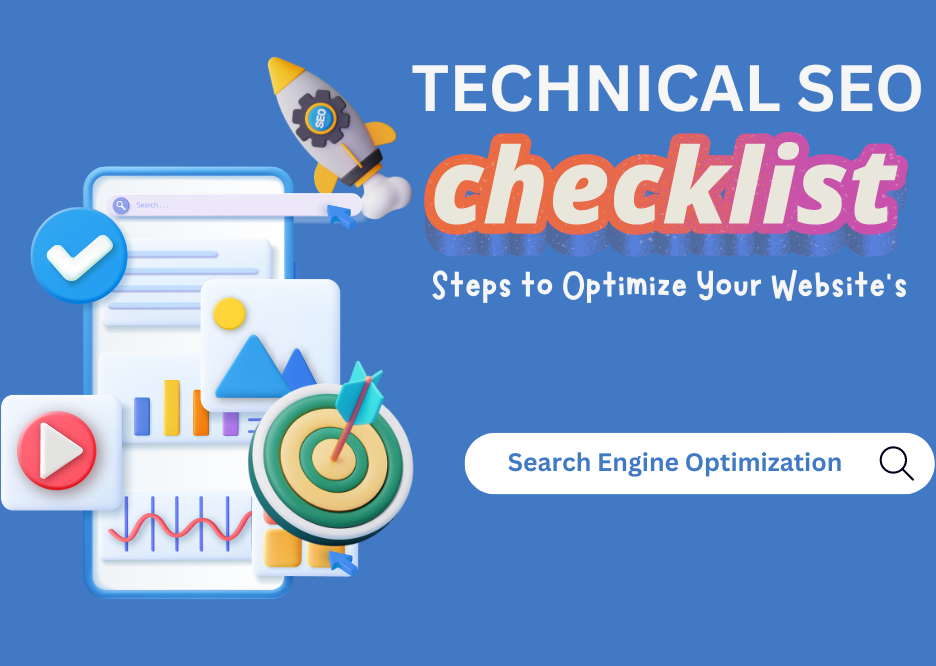https://aisectlearn.com/wp-login.php?action=logout&redirect_to=https%3A%2F%2Faisectlearn.com%2Fmy-account%2F&_wpnonce=2f9c610cda
Technical SEO Checklist: Essential Steps to Optimize Your Website’s Performance
- Mayank
- June 3, 2024
- 3:49 pm

Optimizing your website for search engines involves a combination of technical, on-page, and off-page factors. Here’s a checklist of essential steps for technical SEO:
- 1. Website Speed Optimization:
- • Minimize server response time.
- • Enable compression (Gzip).
- • Leverage browser caching.
- • Optimize images (reduce file size without compromising quality).
- • Use a Content Delivery Network (CDN) to distribute content globally.
- 2. Mobile-Friendliness:
- • Ensure your website is responsive and mobile-friendly.
- • Use Google’s Mobile-Friendly Test to verify.
- 3. SSL Certificate:
- • Secure your website with HTTPS to ensure data integrity and security.
- • Use a valid SSL certificate.
- 4. Crawlability:
- • Ensure search engine bots can crawl your website easily.
- • Use a robots.txt file to control crawling.
- • Check for crawl errors in Google Search Console.
- 5. XML Sitemap:
- • Create and submit an XML sitemap to search engines.
- • Ensure it’s up-to-date and includes all relevant pages.
- 6. Canonicalization:
- • Implement canonical tags to avoid duplicate content issues.
- • Choose a preferred version of your URLs (www vs. non-www, HTTP vs. HTTPS) and stick to it.
- 7. Structured Data Markup:
- • Use Schema.org markup to provide search engines with additional context about your content.
- • Implement structured data for products, reviews, events, etc.
- 8. Page Titles and Meta Descriptions:
- • Optimize page titles and meta descriptions for relevant keywords.
- • Ensure they are unique, descriptive, and within recommended character limits.
- 9. Heading Tags:
- • Use proper hierarchy (H1, H2, H3, etc.) for heading tags.
- •Include relevant keywords naturally.
- 10. URL Structure:
- • Create SEO-friendly URLs that are descriptive and contain relevant keywords.
- • Avoid using dynamic parameters whenever possible.
- 11. Internal Linking:
- • Link relevant pages within your website to improve navigation and distribute link equity.
- • Ensure anchor text is descriptive and relevant.
- 12. 404 Errors and Broken Links:
- • Regularly check for broken links and 404 errors.
- • Set up 301 redirects for broken pages to relevant ones.
- 13. Page Load Issues:
- • Identify and fix any issues causing slow page load times.
- • Monitor performance metrics regularly.
- 14. Mobile Page Speed:
- • Optimize your website for mobile speed.
- • Use Google’s PageSpeed Insights to identify and fix mobile-specific issues.
- 15. Monitor and Analyze:
- • Use tools like Google Analytics, Google Search Console, and other SEO tools to monitor website performance and make data-driven decisions.
